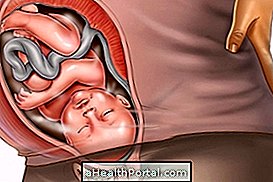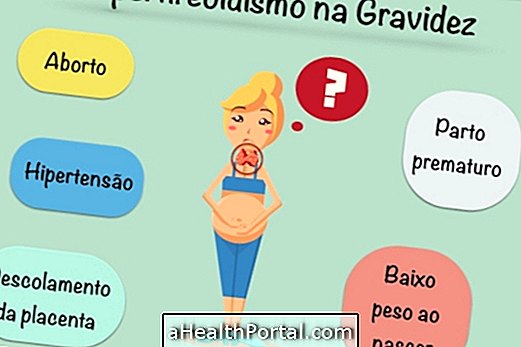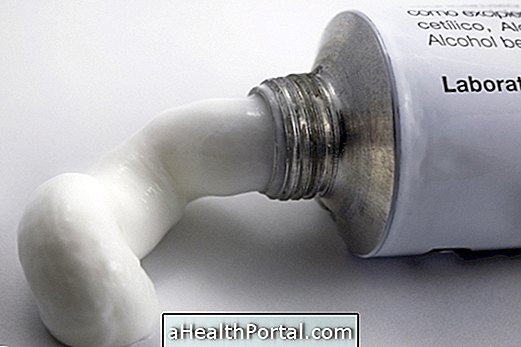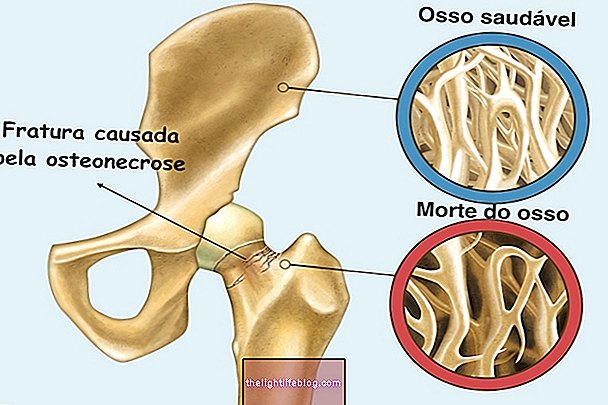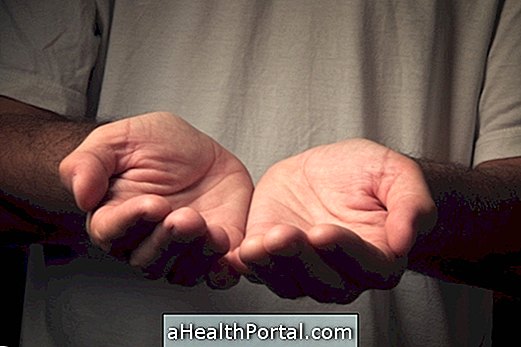Kristeller's maneuver, also known as ground pressure, consists of applying force in the upper part of the uterus to the birth canal to shorten labor.
Generally, this technique is done during the second phase of labor, known as the expulsion phase, and for this a doctor or nurse makes force, with the hands or the arm, in the upper part of the pregnant woman's belly during the contractions, to help the baby down.

Although it is a technique used in many births, it is still poorly studied, but some of its known risks include:
- Lacerations in the intimate region of the woman;
- Rupture or inversion of the uterus;
- Increased need to use forceps or suction cup;
- Bruises on baby's head;
- Fractures of the clavicle or baby's skull;
- Lesions on the nerves of the baby's arms.
In this way, the Kristeller maneuver should only be used as a last resort when natural labor is being very difficult, in order to reduce the need for a cesarean section.
So, before doing this maneuver, it is recommended to try other techniques such as changing the position of the pregnant woman, encouraging the pregnant woman to strengthen or stimulate physical exercise during labor, such as walking around the room.
Get to know some of the best exercises a pregnant woman can do to make labor easier.
When the maneuver can be used
Usually the Kristeller maneuver is used in situations of:
- Suffering of the baby during childbirth;
- Difficulty to expel the baby;
- Excessive tiredness of the pregnant woman;
- Intense effect of anesthesia that prevents the pregnant from pushing the baby.
Before maneuvering, however, it is important to assess whether the baby is not in shoulder dystocia, which is when one shoulder is stuck against the hip bones of the pregnant woman, because if it is applied in these cases, the maneuver does not resolve the dystonia and can also cause serious injuries to the nerves of the baby's arm.


